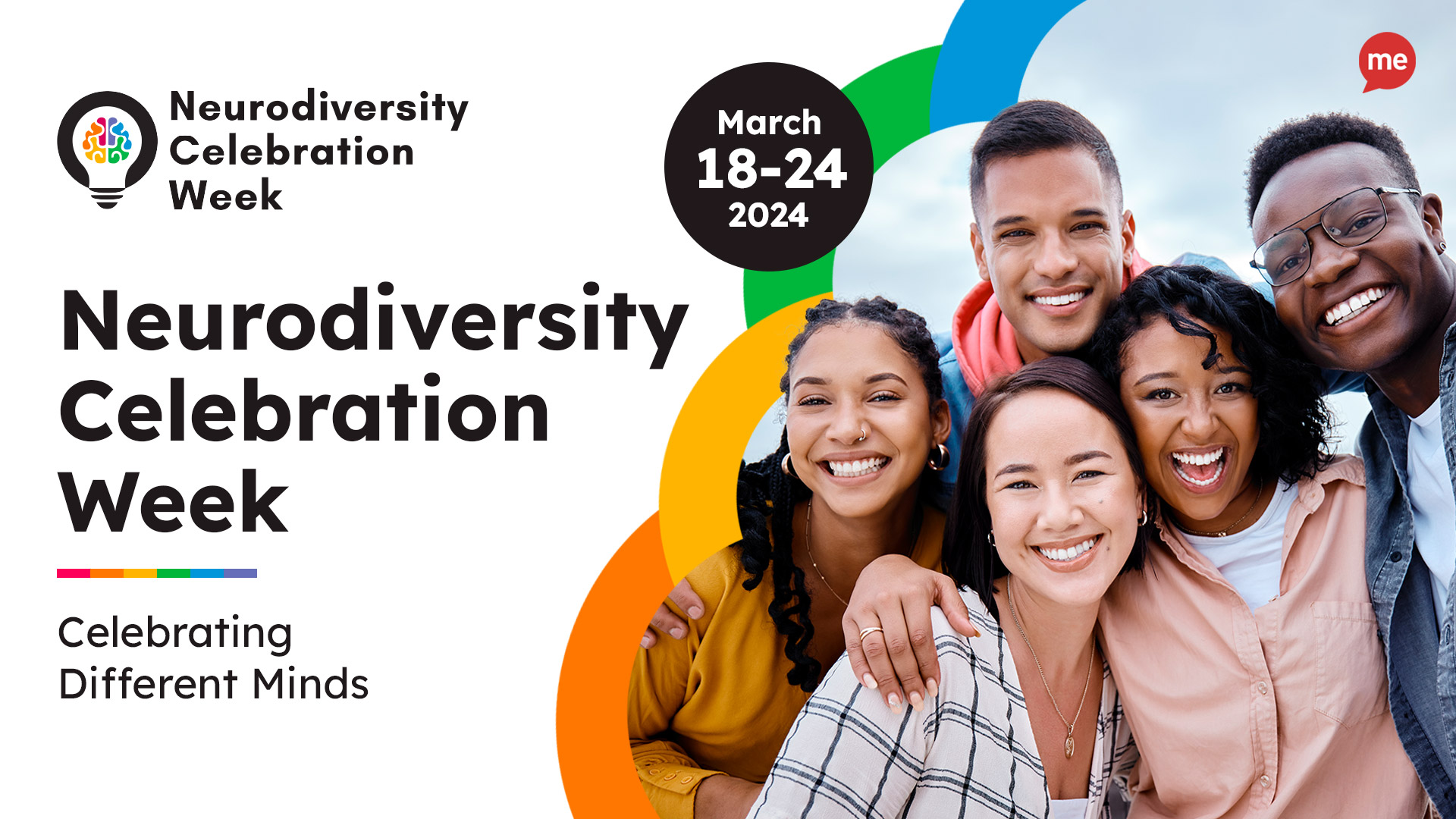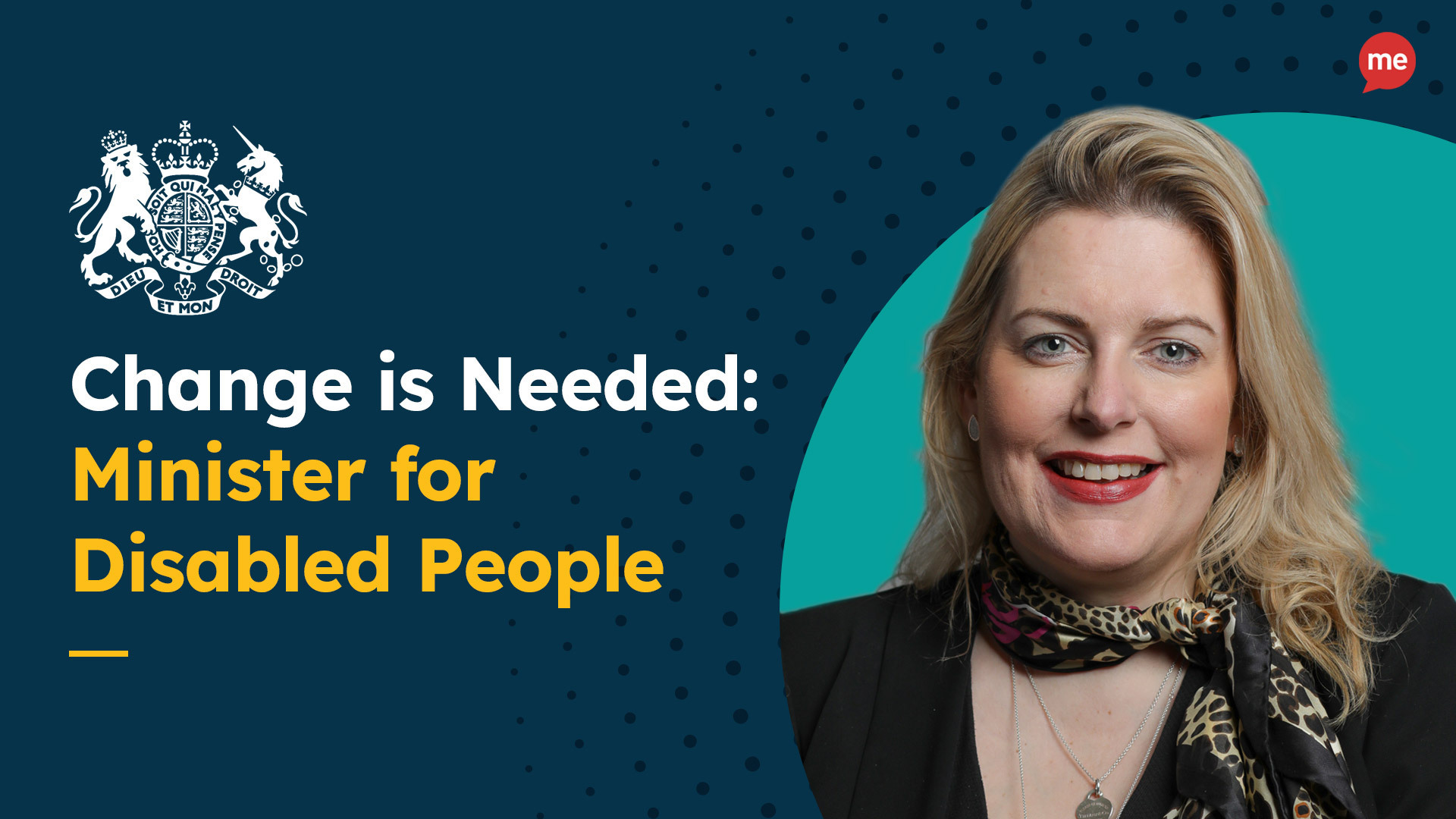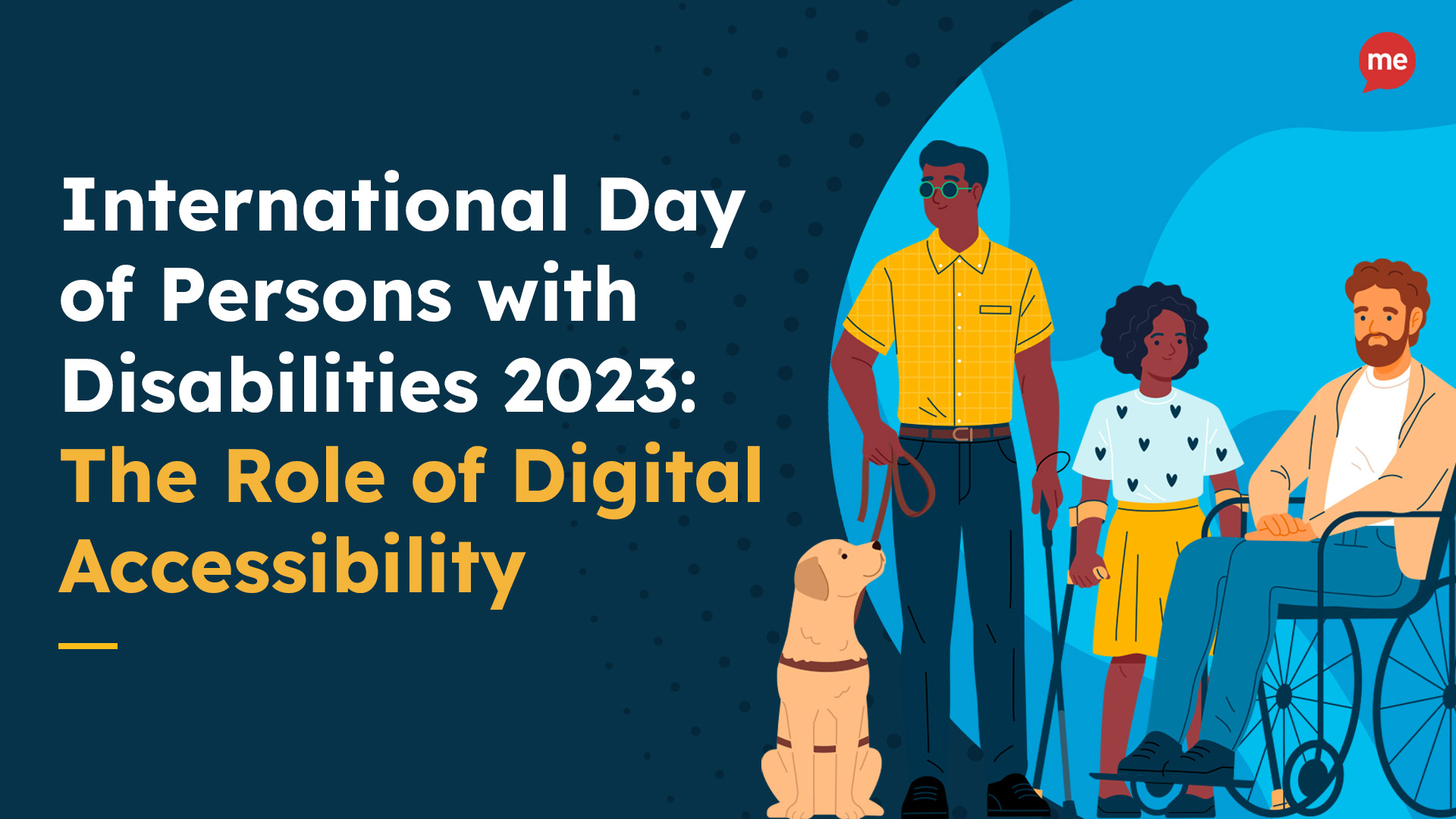This week is Dyslexia Awareness Week.
This year’s theme is ‘Uniquely You’, because everyone with dyslexia has their own story and just as much potential to be exceptional as anyone else.
Yet, even though dyslexia is one of the more common neurodivergent traits (ever heard of dyspraxia, dysgraphia, or hyperlexia?), many organisations just don’t realise how many people it affects and how a few simple website changes can significantly improve their accessibility score – and their bottom line!
What is Dyslexia
Dyslexia is a neurodevelopmental condition that has zero effect on intelligence. However, it does affect an individual’s ability to read, write, and spell and is often characterised by difficulties in processing and recognising written words.
Most people think dyslexia is about mixing up the order of letters in words. And while that’s a good starting point, it’s not the whole story…
Dyslexia affects the area of the brain that processes language and phonological awareness. Therefore, it’s not really about the letters themselves. It’s about identifying and decoding the speech sounds that correlate to them. That means that, contrary to popular belief, people with dyslexia don’t physically perceive letters or words being reversed or jumbled. It just takes them more time to break words down into symbols and then match them to the right sounds.
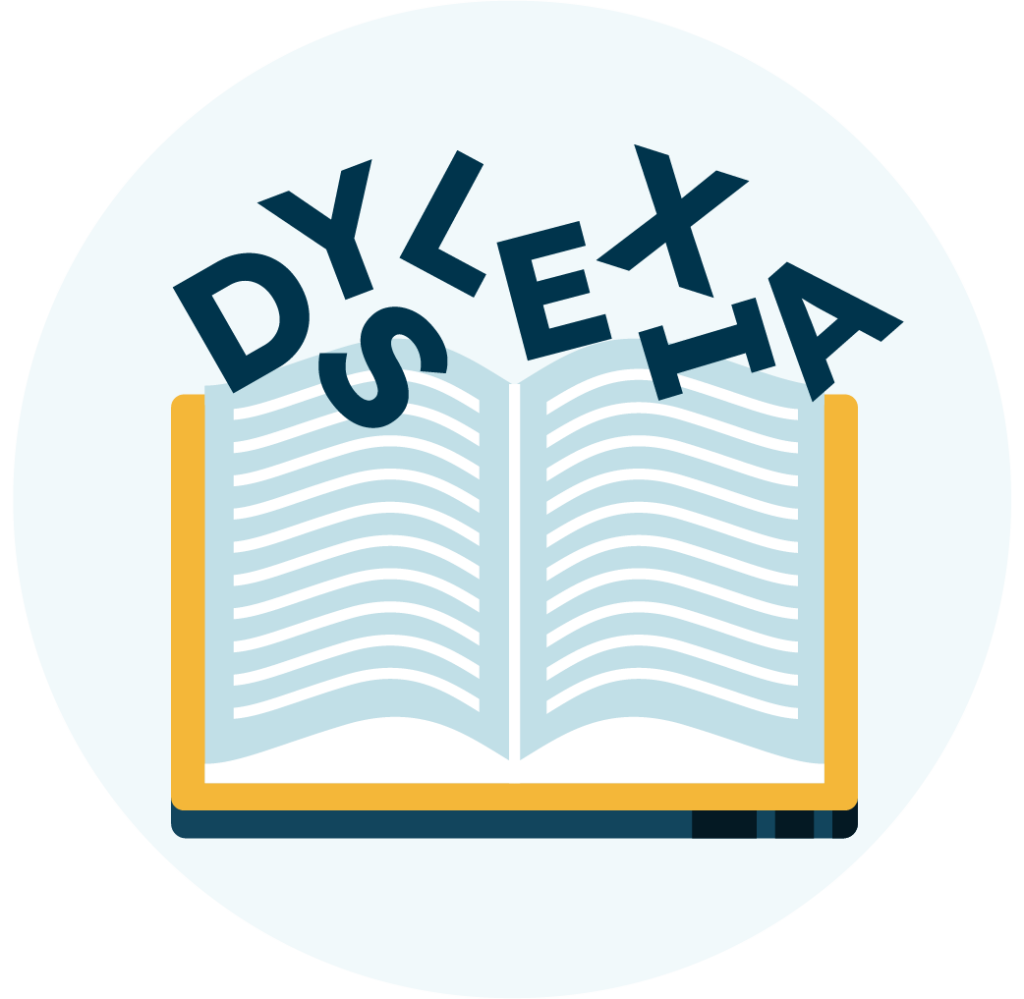
Common Signs of Dyslexia
Because it takes more effort to process written information, individuals with dyslexia are slower at reading and writing than others. Specific problems might include difficulties with:
- Long words that are hard to remember by sight.
- Words that don’t sound like they are spelled (like yacht, cupboard, and colonel).
- Homophones (words that sound the same but are spelled differently, like there, their, and they’re).
- Words containing letters that look similar but sound different (like b, d, and p).
How Many People Have Dyslexia?
That’s the million-dollar question! Commonly quoted statistics – even those from expert organisations – vary considerably in terms of the population percentage that’s affected. For example:
- The British Dyslexia Association gives a conservative estimate of 10%.
- The Reading Well goes in higher at 15%.
- The International Dyslexia Association estimates the true figure could be as high as 20%.
So, which is it? The truth is we’re unlikely to ever know, because many people live their entire lives with dyslexia without being formally diagnosed. An especially sobering statistic from a BBC report suggested that schools could be failing to diagnose up to 80% of cases.
Whatever the true figure is, it equates to millions of people. So, organisations need to take proactive steps to make their online content accessible to them.
Dyslexia and Online Barriers
Online access barriers occur whenever an element of a website’s design or presentation makes it difficult to read or interact with the content. Some dyslexia-specific examples include:
- Non-dyslexia-friendly fonts – Decorative fonts add extra comprehension challenges. Dyslexia-friendly fonts like Arial, Verdana, or Open Sans are more legible as the letters have more consistent shapes.
- Insufficient colour contrasts – Low colour contrast between text and background makes it difficult to distinguish letters and words. The Web Content Accessibility Guidelines (WCAG) require a contrast ratio of 4.5:1 for normal text (14 point) and 3:1 for large text (18 point +).
- Busy backgrounds – Complex or patterned backgrounds can interfere with the readability of text, causing visual distractions that make it harder to focus on content.
- Long blocks of text – Lengthy, unbroken paragraphs are overwhelming. Breaking content down into shorter sections and using bullet points or subheadings makes it easier to navigate and digest.
- Insufficient text spacing – Insufficient line spacing (leading) and cramped text make letters and words appear crowded and more difficult to read comfortably.
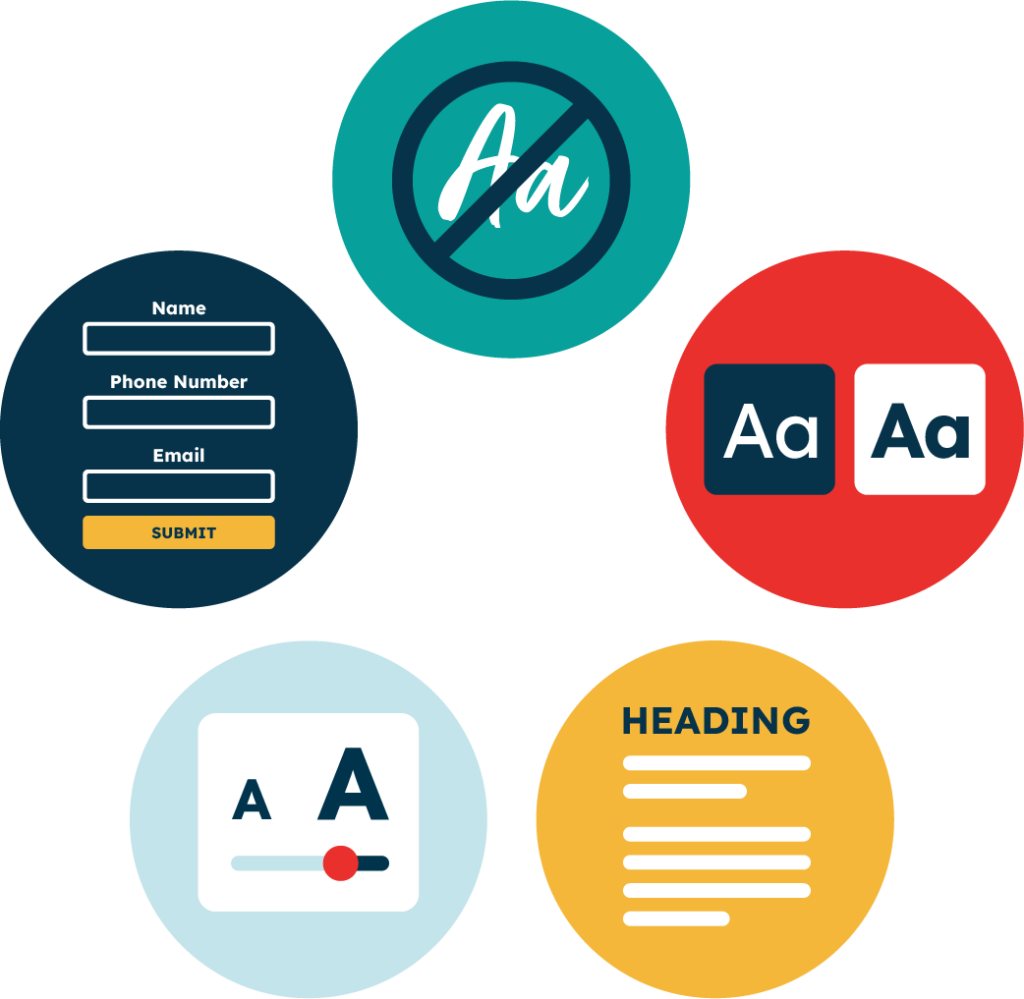
- Justified text and double spacing – These create a ‘river effect’ where all dyslexic readers see are the white spaces between letters and words.
- Use of italics – Italic text makes the letters in words hard to distinguish.
- Overly complex language – Simplified language and clear explanations are essential for accessibility because using technical language, industry jargon, and complicated terms hinders comprehension.
- Overuse of abbreviations – Excessive use of abbreviations and acronyms without sufficient explanation cause confusion as they are difficult to decode.
- Inaccessible forms – Forms without clear labels, instructions, and proper focus management can be impossible to complete without assistance.
Top Tips for a Dyslexia-Friendly Website
Follow these steps to get started and become more inclusive to website visitors with dyslexia.
1. Conduct a Comprehensive Website Audit
Begin by thoroughly reviewing your website’s design, content, and functionality, focusing on dyslexia accessibility. Identify any existing barriers, such as non-dyslexia-friendly fonts, complex language, and low colour contrasts, and make an action plan to start fixing them. Top tips for maximum impact include:
- Using dyslexia accessibility evaluation tools in your audit.
- Involving individuals with dyslexia in user testing.
2. Offer Dyslexia-Friendly Resources
While you’re getting your website up to par, create downloadable resources that provide accessible alternatives to web content. Examples include PDFs or guides that use dyslexia-friendly fonts, simple language, and clear formatting.
3. Invest in Assistive Technology
Automatic spell-checkers, screen readers, and text-to-speech tools are great for people with dyslexia as they provide the freedom to get on with things without having to dwell on the minutiae of letters, words, and phonetics.
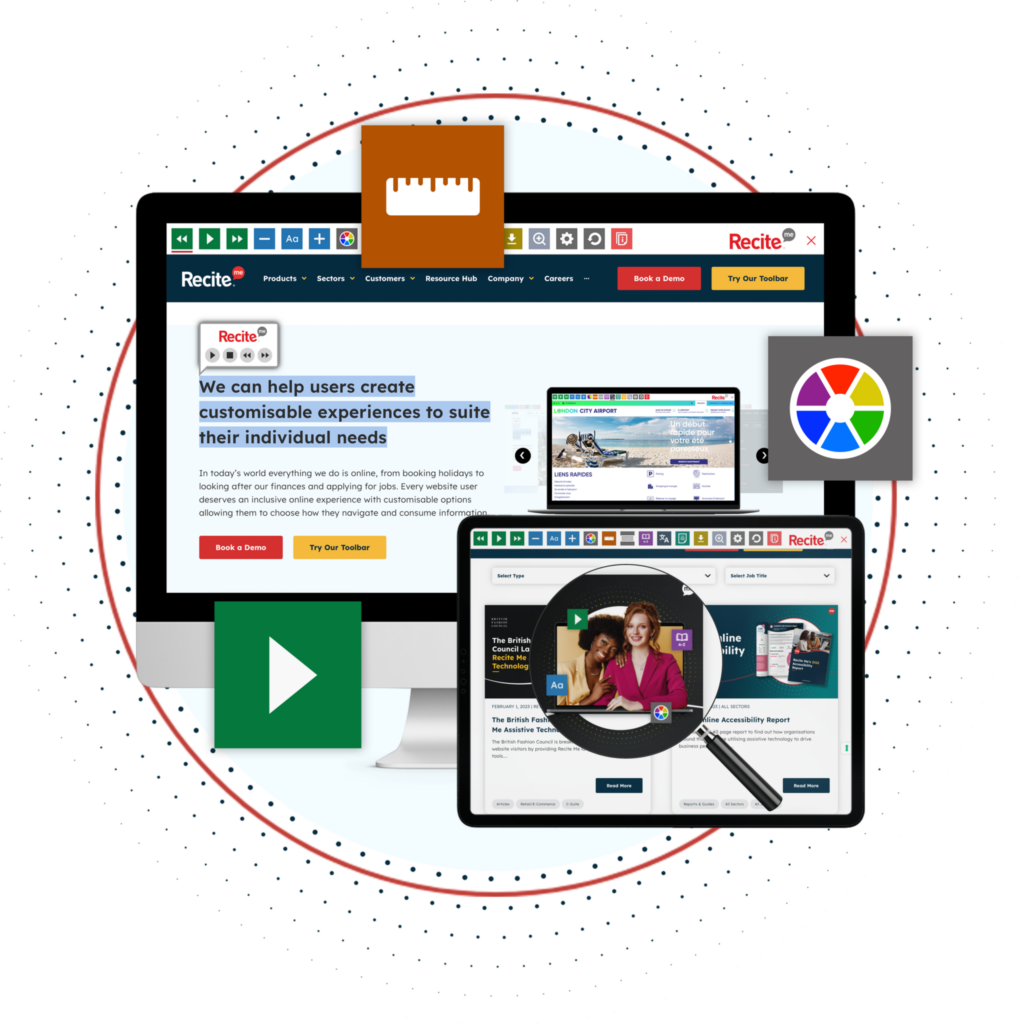
How Can Recite Me Help?
The Recite Me team has created a Free Digital Inclusion Toolkit to help you on your online inclusion journey. Download yours today and get started!
Need more help optimising your website for dyslexia inclusion? The Recite Me Toolbar supports your dyslexic website visitors by providing a range of solutions so they can adapt the content and read it in the way that works best for them. Users can:
- Have text from any website read aloud to them.
- Download and save any written web content as an MP3 file.
- Choose the exact colour contrast between the text and background.
- Change the font type and size.
- Zoom in on any part of a webpage.
- Use the built-in spell-checker and a fully integrated dictionary and thesaurus.
Get Started Breaking Down Digital Barriers Today
For more info on dyslexia awareness, please contact our team with your questions. And don’t forget to head over to the official Dyslexia Awareness Week website for more resources and details on how to get involved in this year’s events.

